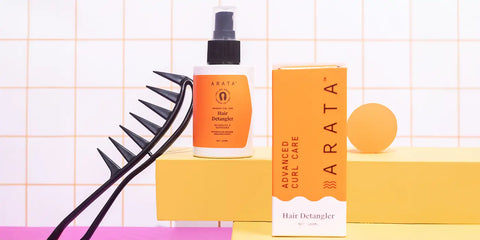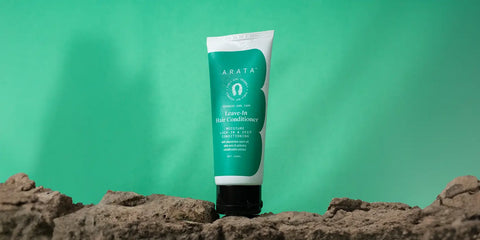Caring for curls is a full-time job; no one can tell us otherwise! If you are someone who has grown up with curly hair, chances are you have struggled for years while brushing your hair.
Benefits come with brushing your hair; it detangles and exfoliates your scalp, among other things. Of course, these benefits only come if you know how to brush your hair perfectly. This includes using curly hair products and taking proper care of your hair.
It’s essential to take note of these things so you can learn how to detangle curly hair in a way that prevents damage, and excessive stretching. We have searched the depths of the world wide web and curated tips, so you don’t have to risk brushing-related curl damage again!
If there’s one rule we’ve heard everyone discuss, it’s not to brush dry hair. But no one tells us what to do instead. Don’t worry; we’ve got you!
Here are some expert tips for brushing curly hair!
One of the most important things is to ensure that your hair is completely detangled with minimum frizz. You can comb damp or wet hair with a wide-tooth comb or use your fingers to detangle it. Most curly women begin the detangling process by using their fingers to break out the bigger clumps and then using a comb to eliminate stubborn knots!
This ensures that your curls aren’t damaged or stretched. Once you have broken the bigger clumps, it’s time to detangle them completely!
The detangling of curly hair takes a considerable amount of time and patience. So we've formulated the Arata Advanced Curl Care Detangling Spray to simplify the detangling process for you hard-working curlies! This infuses your curls with rich, plant-derived extracts, keeping them soft, frizz-free, and naturally detangled.
This curly hair product strengthens hair fibres, reduces breakage, and hydrates your curls while being super gentle. Confused about how to use this? We’re at your service!
Spray liberally on damp hair, and start detangling!
This product will make the detangling process much easier and give you beautifully combed hair. Whether it’s wash day or a refresh routine between wash days, this spray will save you time and effort every time!
Attacking a mass of tangled curls directly with a comb or a brush is not the way to go. Instead, divide the hair into manageable parts and start detangling it in sections from the bottom and work your way up to the roots.
By doing this, you can lessen the straining and subsequent hair loss from pulling hair strands at the follicles, resulting in less stress on the hair and less damage to it in the long run.
Section off your work! Always work in portions, especially while brushing, regardless of your style objectives or where you are in the wash day process. Better control and less pulling on various hairstyles will result.
A brush with larger bristles may perform better on more tightly curled curls, while one with denser bristles makes it much easier to separate looser curls.
We can’t emphasise the importance of using hair oils consistently to improve your hair health, which will also help your curls! Maintaining moisture in hair while brushing it is one of, if not the most crucial, suggestions. Before and while styling, slicking it with hair oil or serum will keep the individual strands pliable and stop them from drying out.
Before brushing your hair, we recommend that you constantly use a conditioner for curly hair to make combing your hair easier. On wash and refresh days, you can use a leave-in conditioner to moisturise your hair while softening it. Using deeply nourishing, best conditioners for curly hair makes it easier to comb your hair precisely and effortlessly since they help separate the strands.
Brushing your hair properly is an important part of a healthy hair care regimen. Now that you know how to brush curly hair properly, you can maintain defined, bouncy and frizz-free curls!











